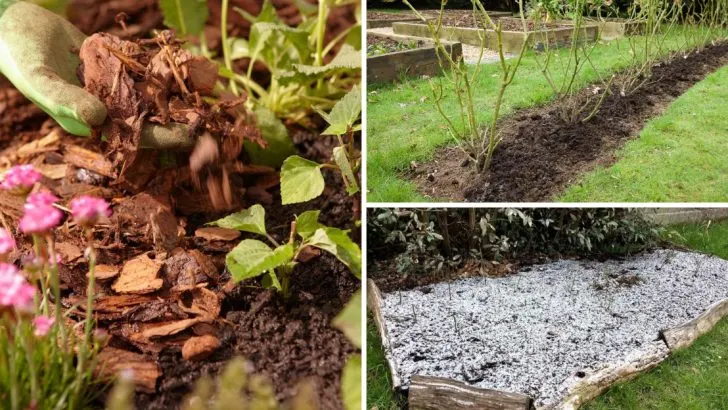Prepare your garden to withstand the harshest winter storms with these essential tips. Winterizing your outdoor space not only protects your plants but also ensures a healthier, more vibrant garden come spring.
From insulating vulnerable greenery to securing outdoor structures, these practical steps will help you weather any storm and keep your garden thriving all year long.
Mulching
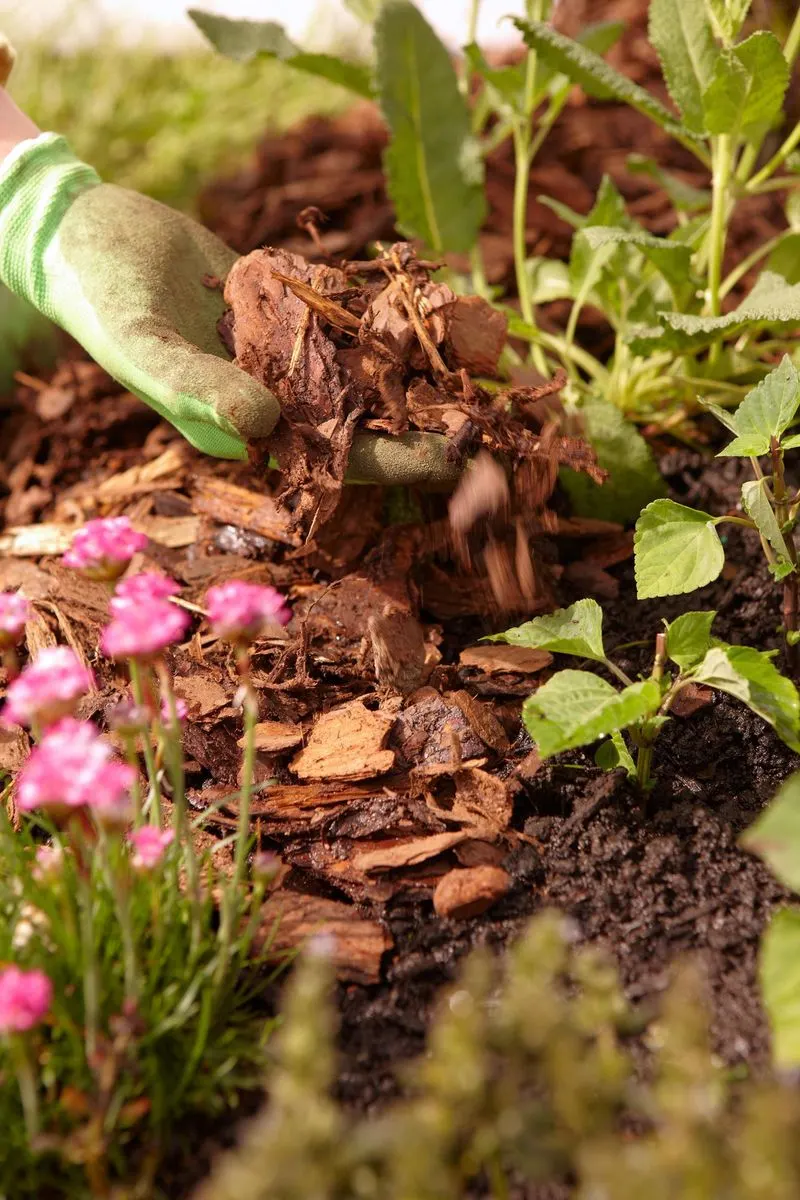
Mulching acts as a protective blanket for your soil, helping to regulate temperature and retain moisture. Start by spreading a thick layer over exposed soil, particularly around the base of perennials. This not only insulates the roots but also suppresses weed growth.
Use organic materials like straw, wood chips, or shredded leaves for the best results. In addition to its protective qualities, mulch enhances soil fertility as it decomposes over time. Remember to keep it a few inches away from plant stems to prevent rot. A well-mulched garden is better equipped to withstand winter’s chill.
Pruning
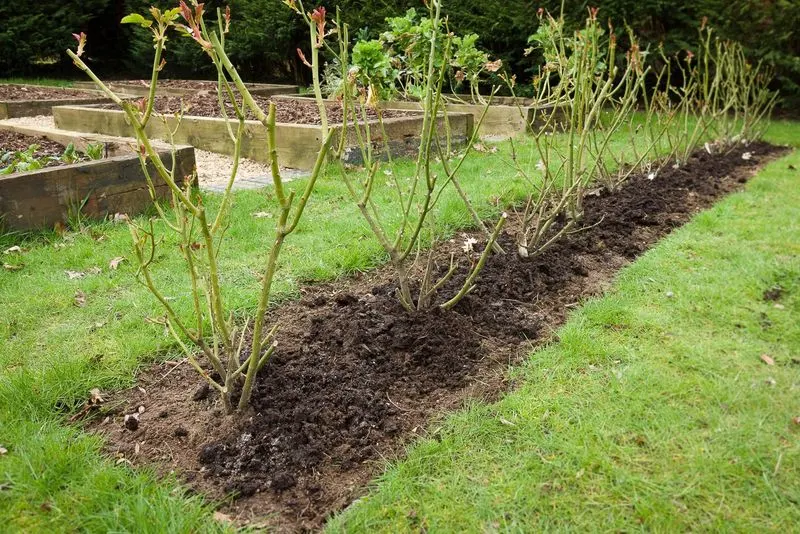
Pruning is essential for removing dead or diseased branches, which can harbor pests and diseases over winter. Focus on cutting back perennials and shrubs that bloom on new wood, as this encourages healthy growth in spring. For roses and hydrangeas, trim them carefully to prevent winter damage. Always use clean, sharp tools to make precise cuts and avoid damaging the plant.
This simple task can significantly improve air circulation and reduce the risk of disease. By tidying up your plants, you ensure they have a better chance of surviving the winter months.
Covering Delicate Plants
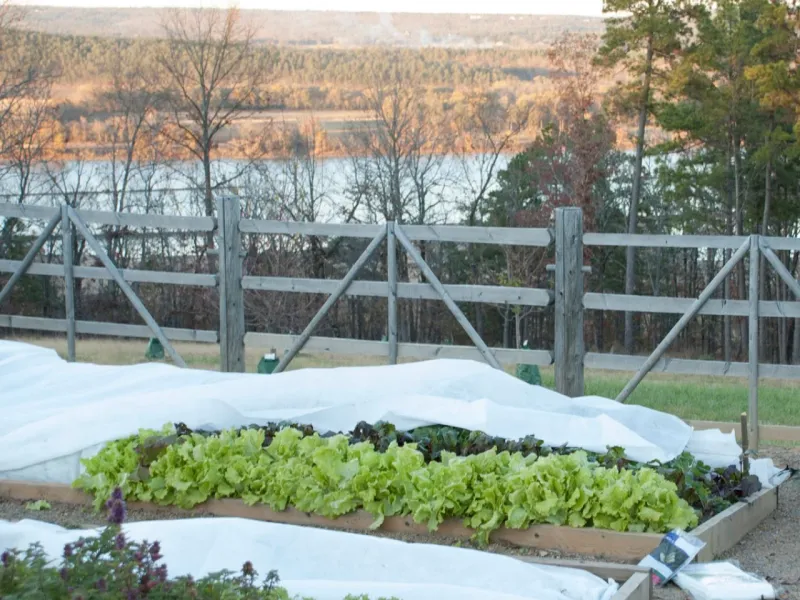
Covering delicate plants with burlap or frost blankets can shield them from severe cold and biting winds. It’s crucial for plants that aren’t hardy in your climate zone. Secure the coverings with stakes or stones to prevent them from blowing away.
This protective barrier helps maintain a stable temperature around the plant, reducing stress from fluctuating weather. Be sure to uncover them during warmer days to allow sunlight in and prevent mold growth. Taking these steps ensures your tender plants remain healthy and vibrant, even when winter storms loom.
Watering Wisely
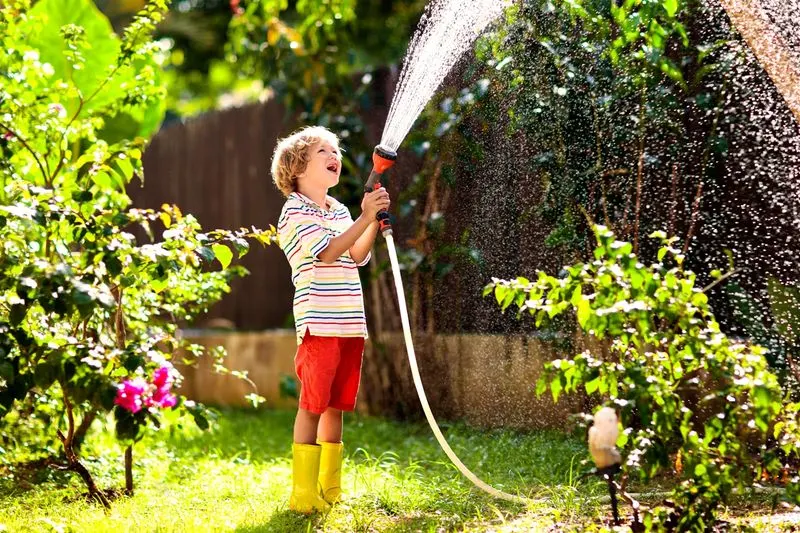
As temperatures drop, ensure your garden is thoroughly watered before the ground freezes. This step is often overlooked but critical, as hydrated plants are less susceptible to freezing damage.
Pay special attention to evergreens and newly planted shrubs, which need consistent moisture to endure winter. Water deeply, allowing the soil to absorb moisture at the root level. Avoid watering during freezing temperatures, as this can cause more harm than good. By keeping your garden properly hydrated, you contribute to its resilience against the harsh winter ahead.
Planting Cover Crops

Planting cover crops in your vegetable garden is a sustainable way to enrich the soil during winter. Crops like clover or rye grass prevent erosion, fix nitrogen, and improve soil structure. This green manure can be tilled back into the soil come spring, boosting nutrient content for your next planting season.
Choose cover crops suitable for your climate and soil type for maximum benefit. Not only do they provide a habitat for beneficial insects, but they also add organic matter to the soil. Embrace cover crops for a healthier, more robust garden ecosystem.
Protecting Garden Tools

It’s easy to overlook, but protecting your garden tools is vital for their longevity. Start by cleaning and sharpening your tools, removing any rust or dirt.
Apply a light coat of oil to metal parts to prevent corrosion. Store them in a dry place, ideally hanging, to avoid damage and maintain their functionality. Tools that are cared for last longer and perform better, saving you money and effort come spring. Don’t forget to drain hoses and store them away to prevent cracking during freezing temperatures. Well-maintained tools make gardening a breeze.
Building Windbreaks
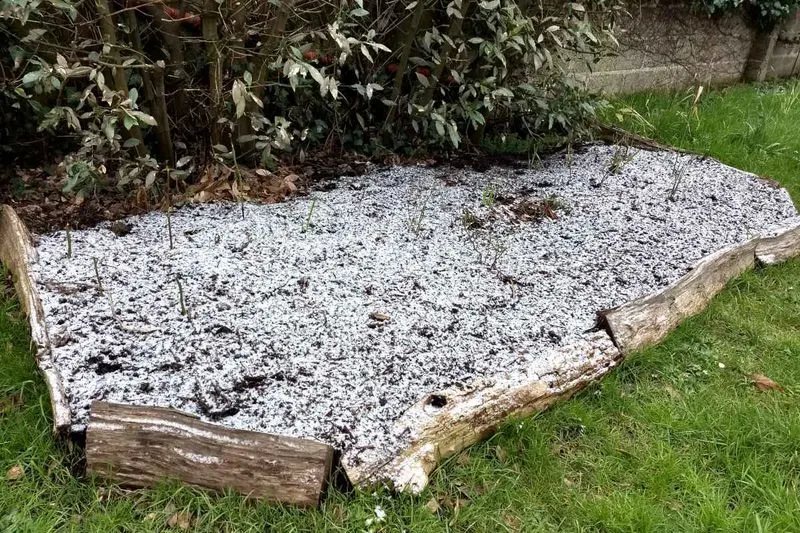
Windbreaks are invaluable for protecting your garden from harsh winter winds. Construct them using materials like burlap, wooden stakes, or even temporary fences, strategically placed around vulnerable areas. This barrier not only shields plants but also reduces soil erosion and moisture loss.
Consider the direction of predominant winds in your area for optimal placement. Windbreaks can also provide habitat for wildlife, adding an ecological benefit. By minimizing wind exposure, your plants are less stressed and better prepared to face the cold, ensuring a thriving garden environment.
Cleaning Up Debris
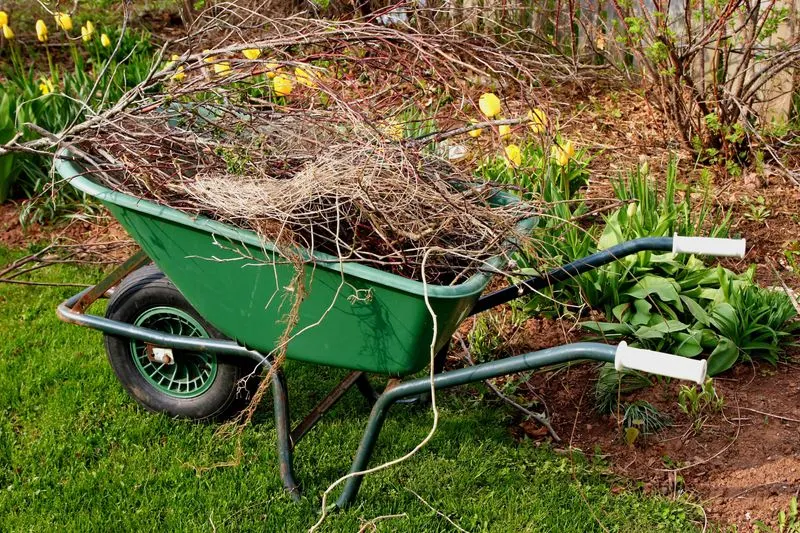
Clearing your garden of fallen leaves and debris is crucial before winter sets in. Piles of organic matter can harbor pests and diseases, posing a threat to next season’s growth. Use a rake or blower to remove leaves, especially from the base of trees and shrubs.
Compost the debris to create nutrient-rich soil amendments for future use. This simple yet effective practice helps improve air circulation and sunlight penetration, both vital for plant health. A clean garden bed provides a healthier environment for plants to endure the winter months.
Applying Insect Barriers
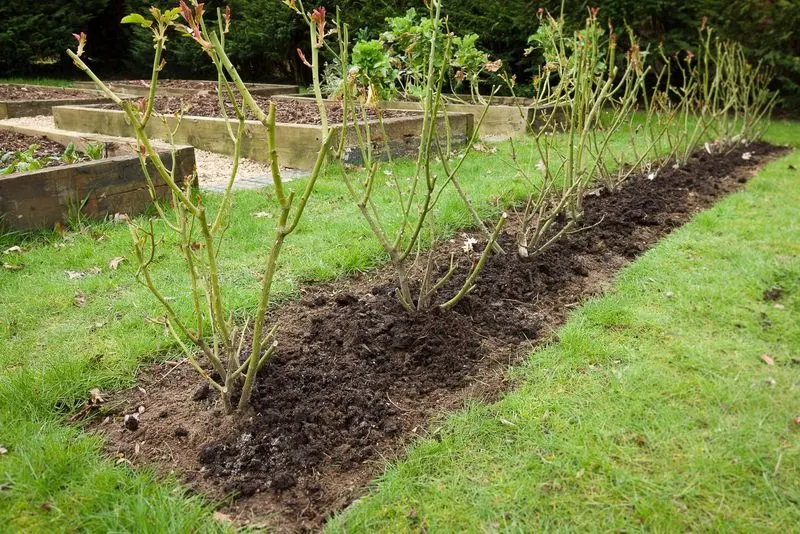
Insect barriers are a proactive approach to protect your garden from overwintering pests. Use horticultural oils or sprays on trees and shrubs to kill insect eggs and larvae before they become problematic. Focus on the underside of leaves and branches where pests often hide. This preventative measure reduces the pest population, leading to healthier plants in spring.
Be mindful of timing and product choice to avoid harming beneficial insects. Applying insect barriers now can save you from dealing with infestations later, ensuring your garden remains vibrant and productive.
Adjusting Fertilization
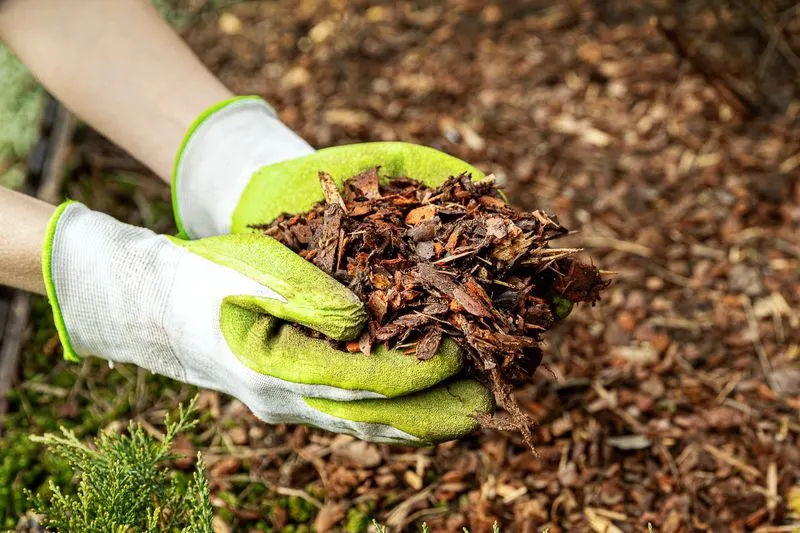
Fertilizing your garden before winter requires a strategic approach. Opt for slow-release fertilizers that support root development without encouraging new growth prone to frost damage. Emphasize phosphorus and potassium, which strengthen roots and enhance cold resistance. Avoid high nitrogen fertilizers that promote leafy growth during winter.
Apply the fertilizer evenly around the root zone, keeping it away from plant stems. This practice ensures your plants have the necessary nutrients to survive the winter and emerge strong in spring. Thoughtful fertilization today leads to a flourishing garden tomorrow.

